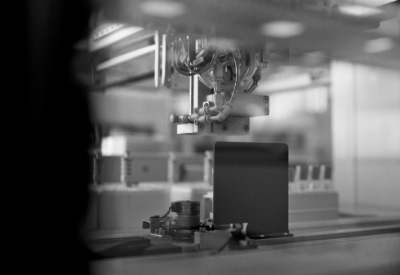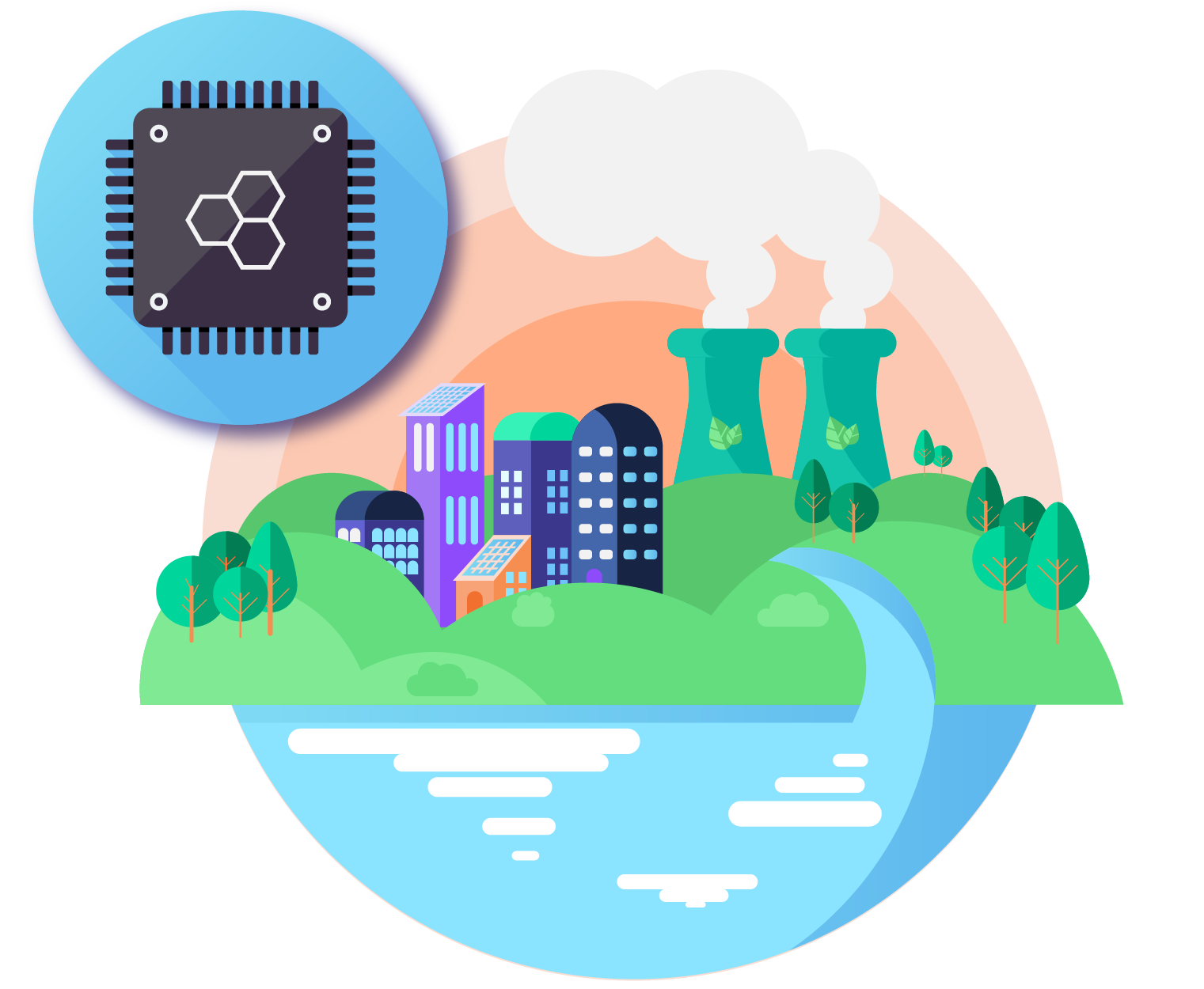
Understanding Clean Nuclear Energy
In a world increasingly reliant on electronic devices and a growing demand for clean energy sources, City Labs, Inc. has emerged as a pioneer in the field of clean nuclear energy. At the forefront of our groundbreaking innovations are NanoTritium™ batteries, which harness the power of tritium—a radioactive hydrogen isotope—to provide a reliable and eco-friendly energy solution. These batteries not only excel in powering low-power microelectronics like structural integrity sensors but also contribute to a cleaner and more sustainable future.
Before delving into the specifics of NanoTritium™ batteries, it’s essential to comprehend what clean nuclear energy entails. Clean energy refers to power sources that generate minimal or no harmful emissions during their operation. These energy sources are environmentally friendly, sustainable, and contribute to a healthier planet. One source often overlooked in discussions about clean energy is the benefits of nuclear power.

The Advantages of Nuclear Energy
Nuclear energy has long been debated, primarily because not all nuclear power sources fit neatly into the categories of “green” or “renewable” energy sources. However, it’s essential to recognize that nuclear energy possesses several qualities that make it a strong contender in the clean energy arena, where it stands as the second largest source of low-carbon electricity globally.

Low Carbon Emissions
One of nuclear energy’s most significant advantages is its low carbon footprint. Nuclear power plants produce electricity without greenhouse gas emissions, such as carbon dioxide (CO2). This characteristic makes nuclear energy a crucial player in reducing global carbon emissions and combating climate change.

High Energy Density
Nuclear energy packs a powerful punch in a small package. A tiny amount of nuclear fuel can produce an immense amount of energy, making it incredibly efficient in long-term low-power generation.

Reliable Power Generation
Unlike some renewable energy sources, nuclear power is highly reliable and can provide a stable source of electricity 24/7, irrespective of weather conditions. This reliability is crucial for industries and applications where uninterrupted power is a must.

Potential for Nuclear Fusion
While nuclear fission is the most common form of nuclear energy generation, ongoing research into nuclear fusion clean energy holds the promise of even cleaner and more abundant energy in the future. With the recent successful ignition fusion breakthrough, scientists have taken a significant step toward a future where we can confidently replace fossil fuels with abundant and clean energy solutions.

Environmentally Safe
While not true of all nuclear power sources, the decay of tritium yields helium-3, a stable and environmentally friendly isotope that poses no health or contamination risks.
Is Nuclear Energy Safe?
While questions relating to whether nuclear energy is good or bad for the environment are commonplace, it is important to note that modern nuclear power plants adhere to rigorous safety standards and protocols, making them highly secure for both human handling and the surrounding environment. City Labs’ products follow these same guidelines and employ robust testing to ensure their safety and reliability.
Where Other Batteries Fall Short
While traditional batteries have played a crucial role in powering various devices, they fall short in terms of sustainability and environmental impact. Conventional batteries rely on volatile chemical reactions that could lead to the release of harmful substances and pose disposal challenges. These batteries often require frequent replacements, contributing to electronic waste.
In contrast, NanoTritium™ batteries excel in sustainability and longevity. They utilize the decay of tritium, a hydrogen isotope with a half-life of 12.32 years, to generate electric charge. This unique approach allows these batteries to continue to operate even after 20 years of use. City Labs’ innovative nuclear battery technology sets NanoTritium™ batteries apart from conventional electrochemical batteries.

The Promise of City Labs’ NanoTritium™ Batteries
City Labs’ NanoTritium™ batteries represent a significant leap forward in clean nuclear energy technology. These batteries are designed with robustness and sustainability in mind, making them ideal for harsh conditions and remote environments. Third-party testing has shown these batteries can thrive even when subjected to extreme heat or cold, vibration, high altitudes, intense radiation, and more. Batteries that last longer leave behind less waste and contribute to a much cleaner planet.
Additionally, by harnessing tritium’s natural decay, which eventually becomes stable helium-3, these batteries offer a sustainable alternative to traditional batteries that rely on chemical reactions. This minimizes electronic waste and leaves behind little in terms of adverse environmental impact.
The CHIPS Act and the Role of NanoTritium™ Batteries
Another relevant clean energy effort is the Creating Helpful Incentives to Produce Semiconductors (CHIPS) Act, which aims to boost domestic semiconductor manufacturing and research in the United States. As the CHIPS Act has designated money specifically to research and development programs that focus on clean and sustainable energy science, nuclear energy is expected to play a major role in this initiative.
NanoTritium™ batteries’ ability to provide reliable, long-lasting power in extreme conditions makes them an ideal choice for powering structural integrity sensors and other microelectronics critical to the semiconductor industry. City Labs’ batteries are especially well-suited for microelectronic applications where durability and longevity are especially beneficial, such as complex military defense systems or space-based microelectronic applications.
Check Out City Labs’ NanoTritium™ Battery
Read about our NanoTritium™ technology and see how it works. If you are looking for long-lasting, low-energy betavoltaic power sources to power your microelectronics, don’t hesitate to reach out to us. City Labs is always looking for new commercial partners to work with.
Contact Us Today




